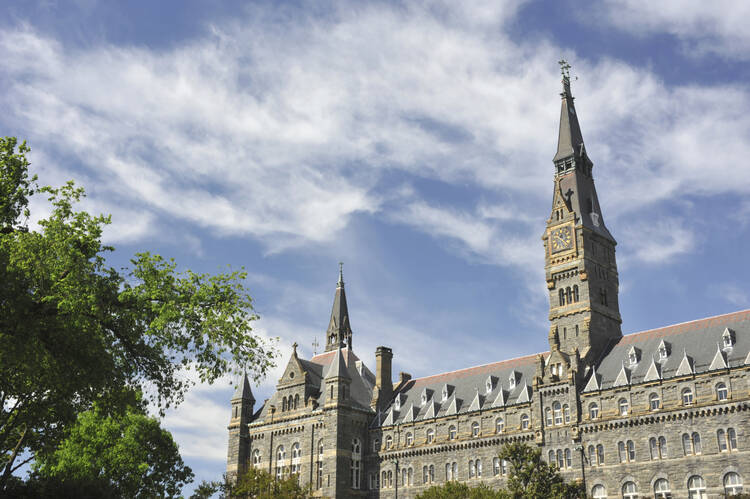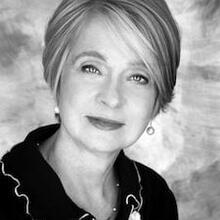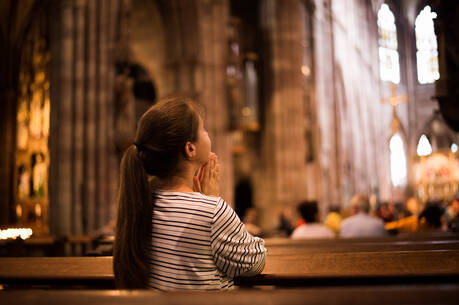How should we treat the illustrious figures from our country’s past who have lost their shine? That was a question that roiled universities this past school year as students protested the relics of racism on campus and sought to obliterate the names of men whose deeds now seem objectionable or even heinous.
Inside and outside academia, the protests at Yale, Princeton and other colleges spurred controversy and often criticism. “Too P.C.” was one charge. “You can’t revise history” was another.
It’s true; you can’t change history. But you can study it, reflect on it, discuss it and learn from it. That’s what’s been going on at Georgetown University this past year, where the university has been conducting a remarkably thorough and thoughtful examination of its participation in the dark history of racism in the United States. Learning about it provides a hopeful view of what Americans can do to reconcile divergent perspectives rooted in injustice and experience.
In September, John DeGioia, president of Georgetown University, convened the Georgetown Working Group on Slavery, Memory, and Reconciliation. The university was repurposing a building named after Thomas Mulledy, S.J., the college president who sold the university’s 272 slaves in 1838 to pay off college debt. Even in its own time, that was controversial. With the formerly unused Mulledy Hall opening as a student residence, DeGioia wanted the university to address its slave-owning past.
A group of 12 faculty members and students was appointed to raise awareness of that past, promote discussion and dialogue about it and prepare a report on how the university could make amends. Unlike at other universities, it was the committee that alerted activists to a problem, not the other way around. Even before a wave of student protests swept the country in November, including at Georgetown, the committee had decided that Mulledy and another hall associated with slavery should be rechristened.
The committee will soon submit its final report. Beginning with a 1,000-page reading assignment, it has had a busy year. An initial focus was to put some of the documentary material on Georgetown’s ownership of slaves in a digital archive open to the public. The committee also sponsored conversation circles, teach-ins, research grants, a dance performance and a series of intensive symposia held in April on Georgetown’s history of slave-owning that drew hundreds of students.“What we’ve been doing at Georgetown this year is pretty extraordinary,” said Adam Rothman, a historian who is a member of the working group.
Thoughtful reflection on the flawed figures of the past requires both knowledge of the times in which they lived and some humility. They were men and women of their time, as we are of ours, and it seems only fair to acknowledge that just as they shared the prejudices of their era, so too do many of us alive today. Most people I know are concerned, caring citizens who take an interest in their community and country. Few get involved in politics. Yet slavery was political. So was the ethnic cleansing of American Indians from their land.
It seems to take about a century or more before a country can acknowledge its dark deeds, and sometimes not even then. Americans visit the Holocaust Museum in Washington to read about the genocide of Jews in Europe, but there is no U.S. museum that examines the extermination of Native Americans or the enslavement of African Americans. President Obama’s plan to visit Hiroshima in May raised talk—quickly quashed by the White House —of a U.S. apology for the atomic bombing of Japan.
Bringing scrutiny to bear on the slave labor that sustained it, Georgetown has been claiming its own sinful history. A wealth of information in its archives has drawn wide attention, but it’s the willingness to acknowledge wrong and deeply engage with history in pursuit of truth and reconciliation that seems so promising. In so doing, Georgetown and a few other universities contending with their slave-owning history are blazing a trail for American society to follow.
Transformative may be too grandiose a word to apply to the process of the working group, but it’s what comes to mind listening to David Collins, S.J., the chair of the group, talk about its work.
“None of us could have anticipated in September that we’d be where we are in May—how much we’ve accomplished, how comprehensive we are in our thinking and our future directions,” Collins said.








